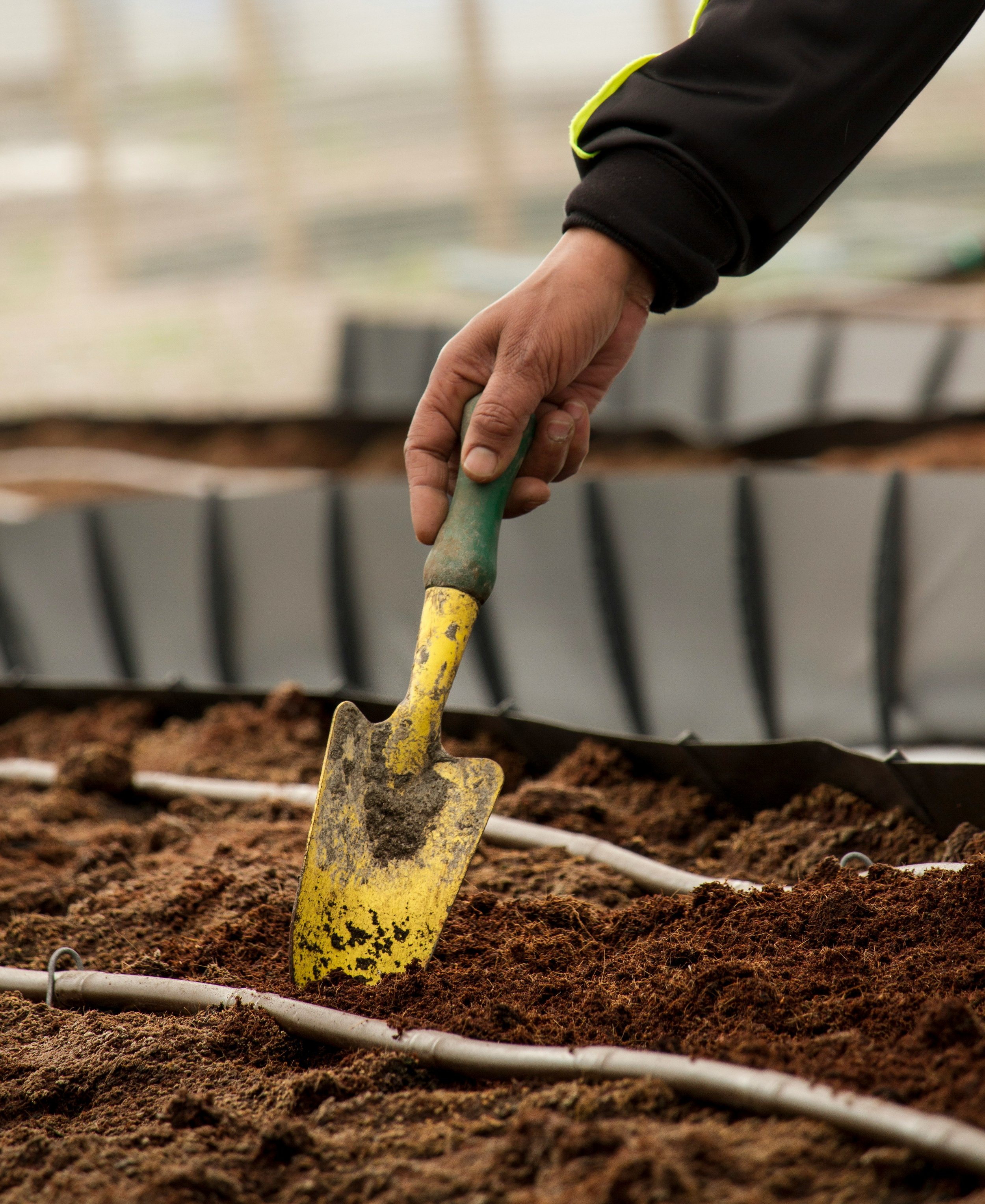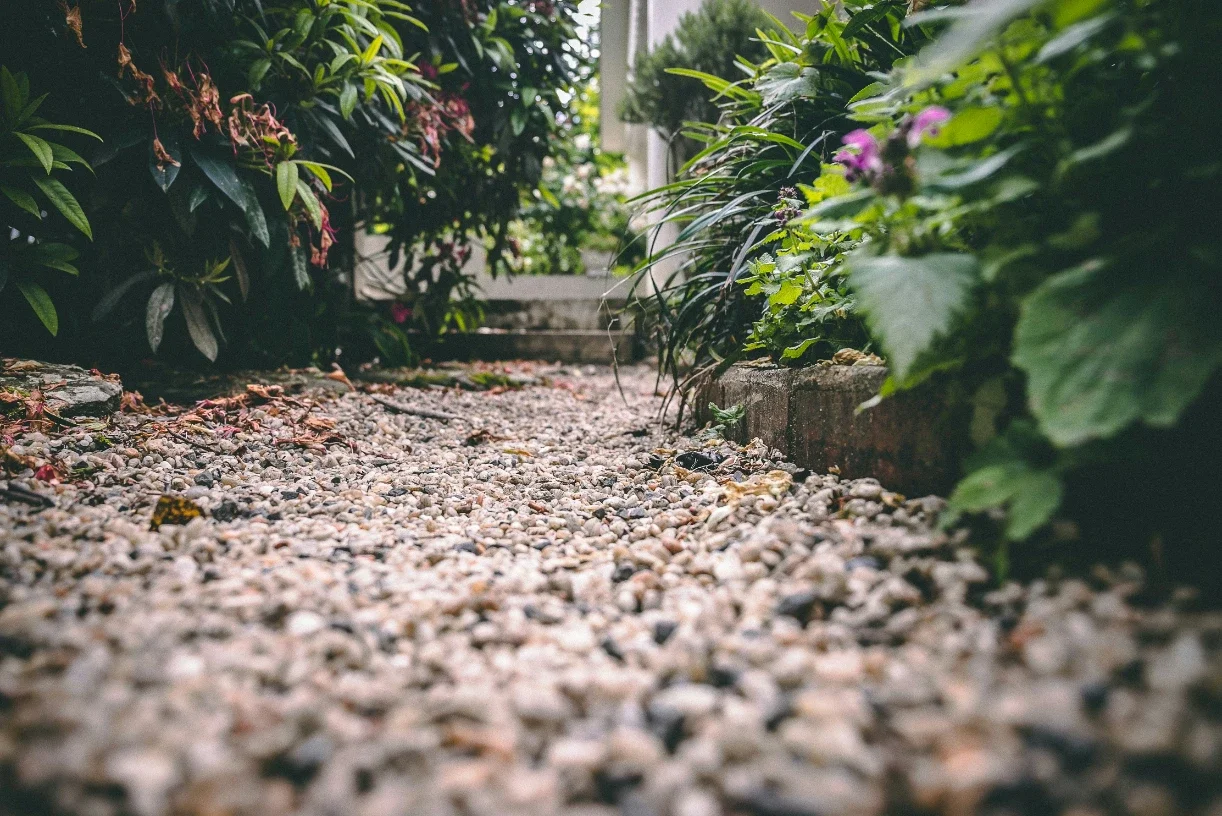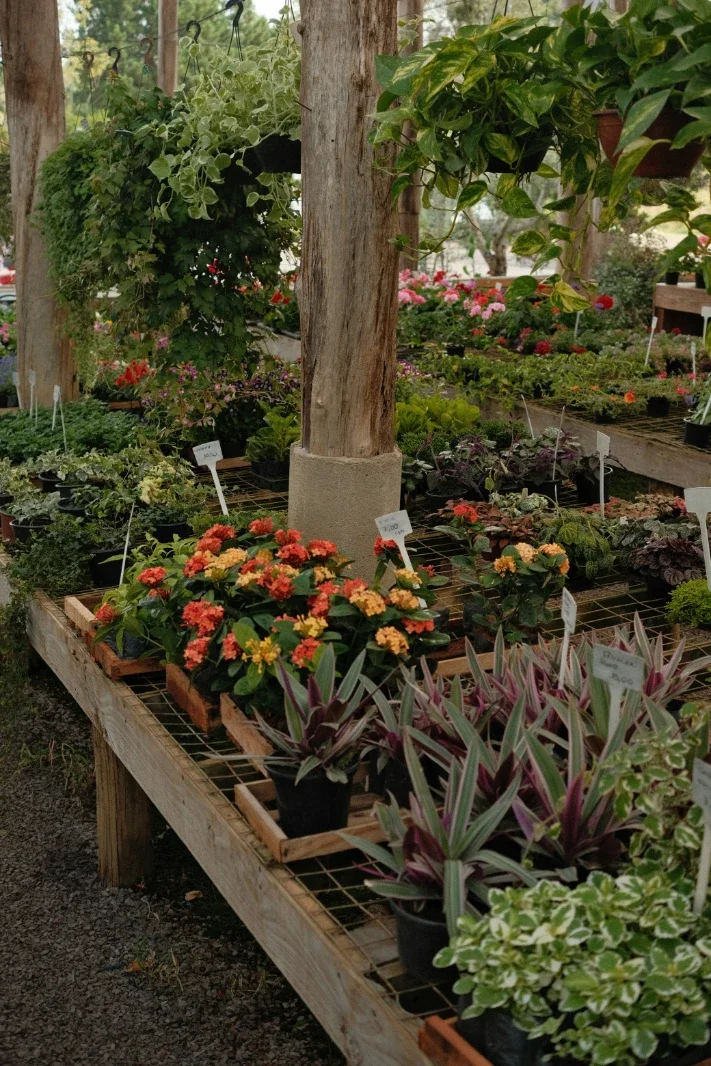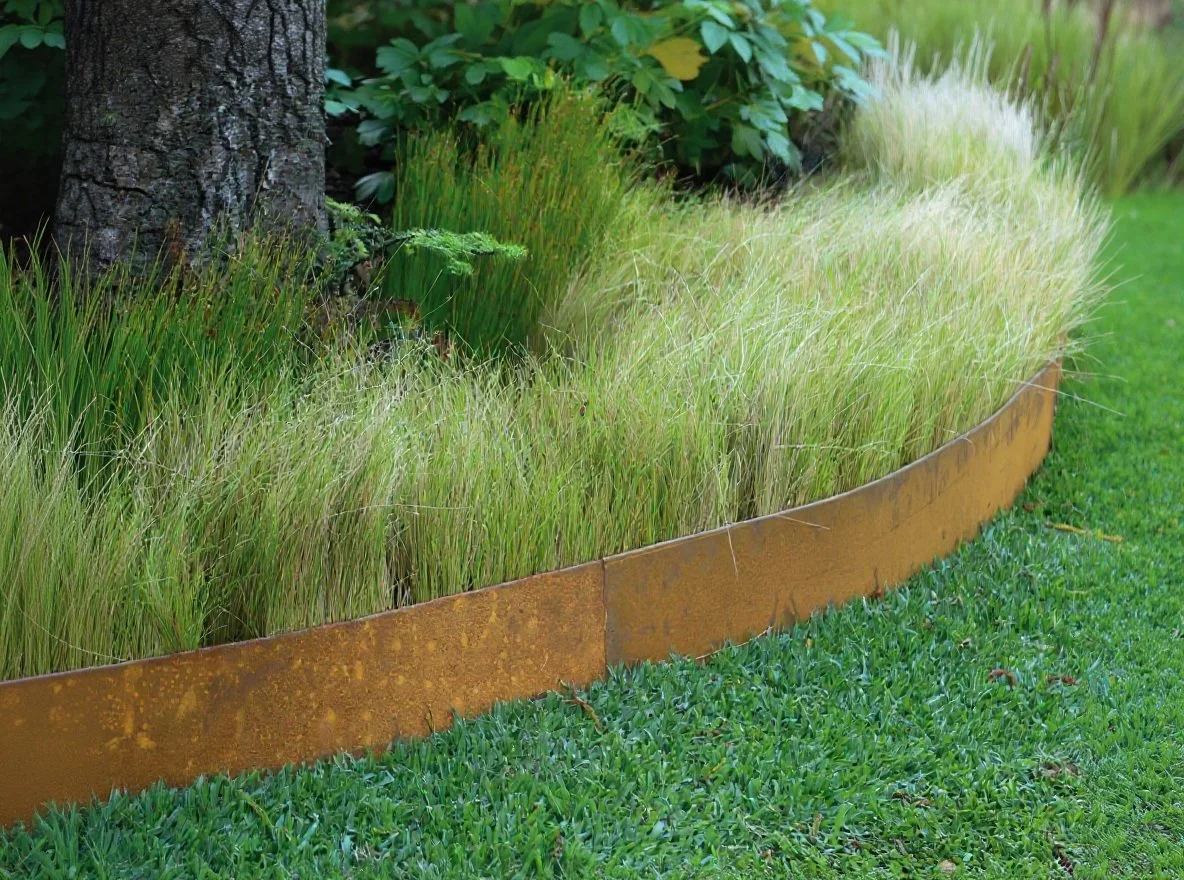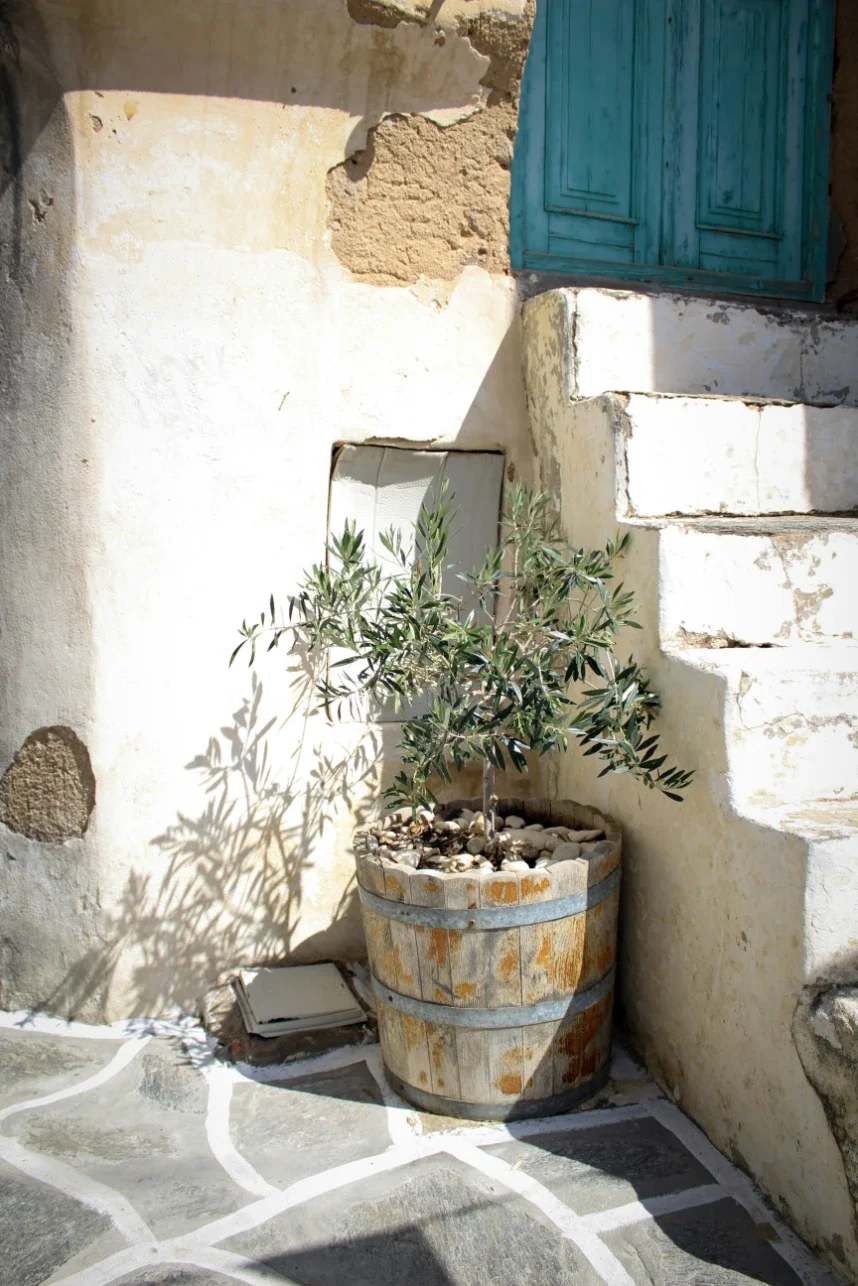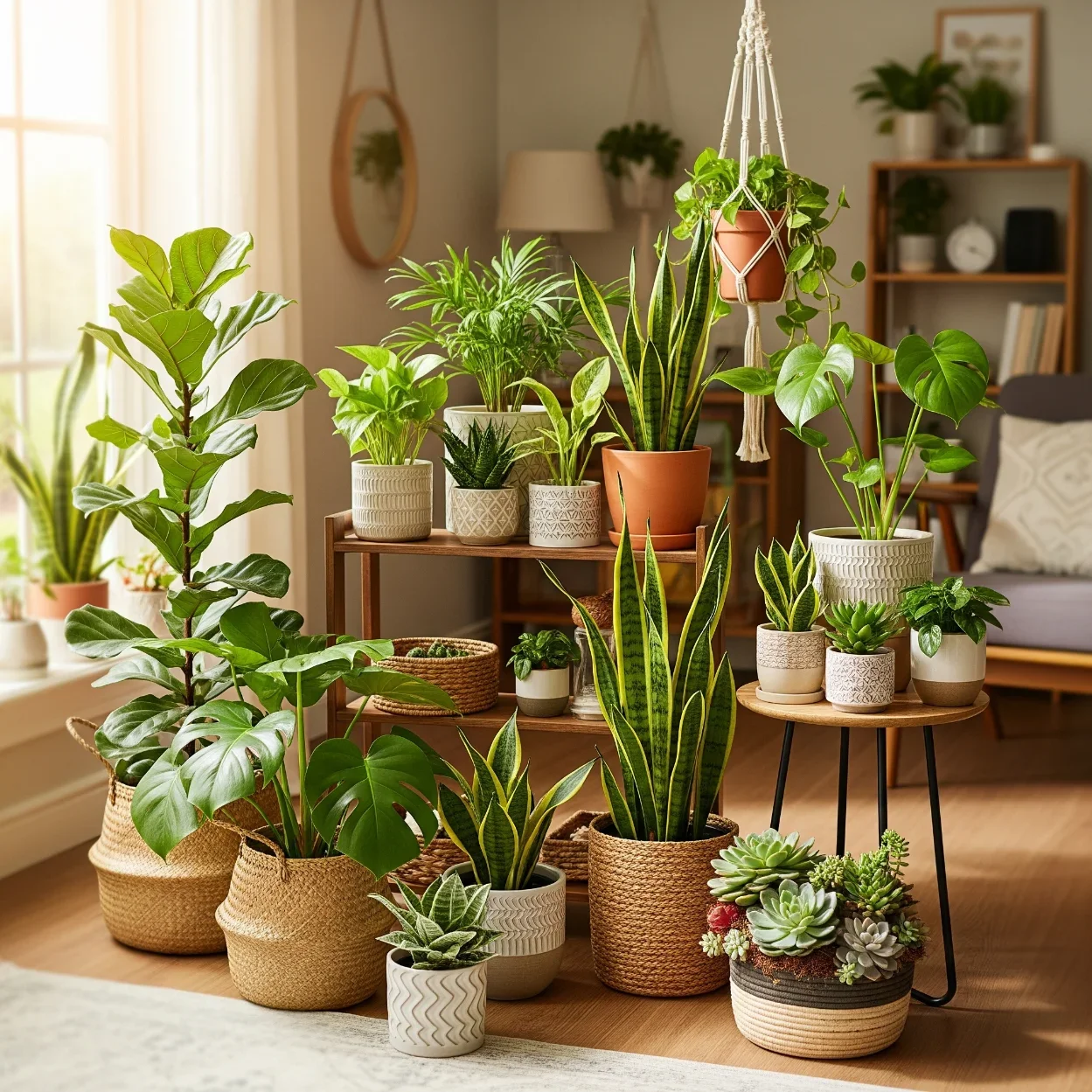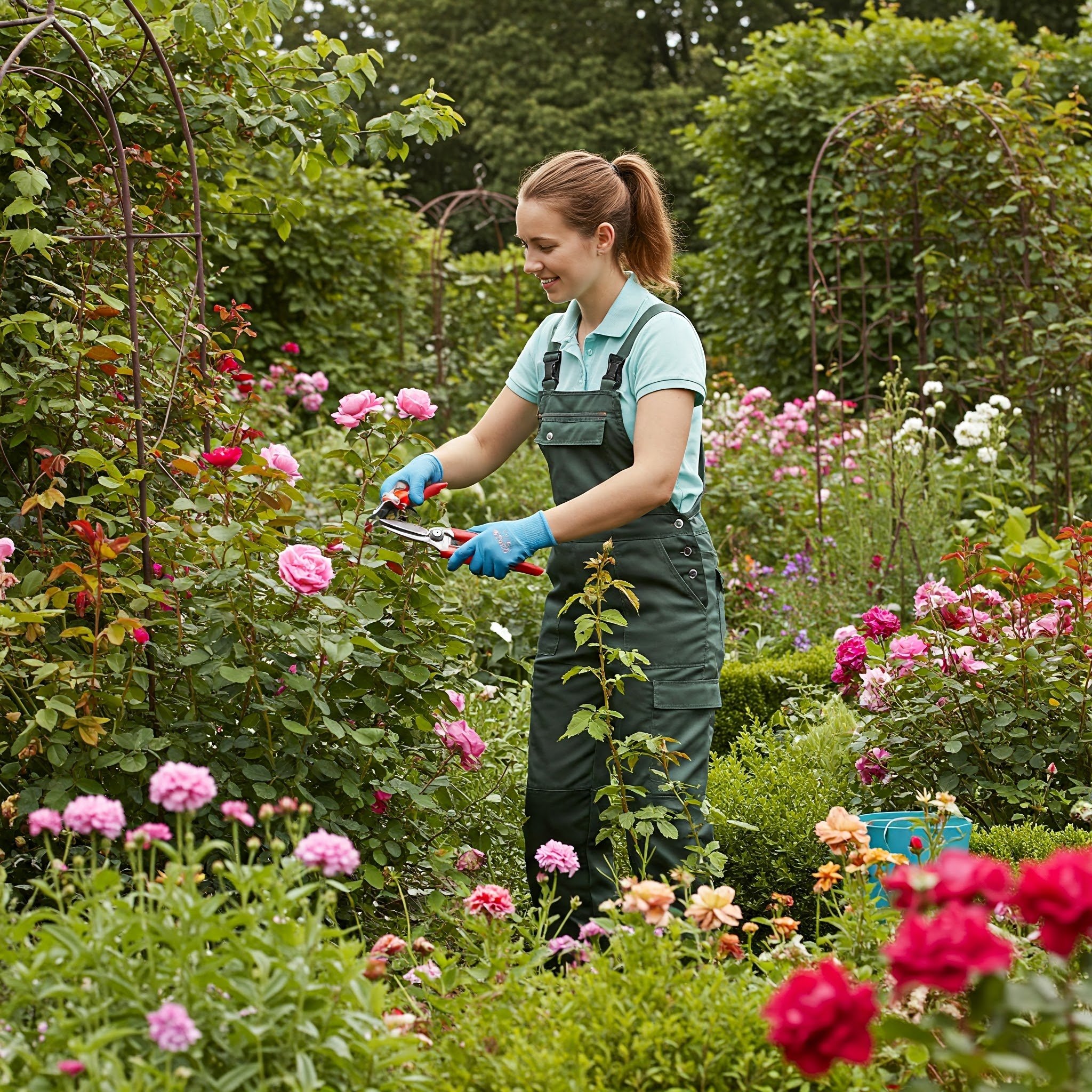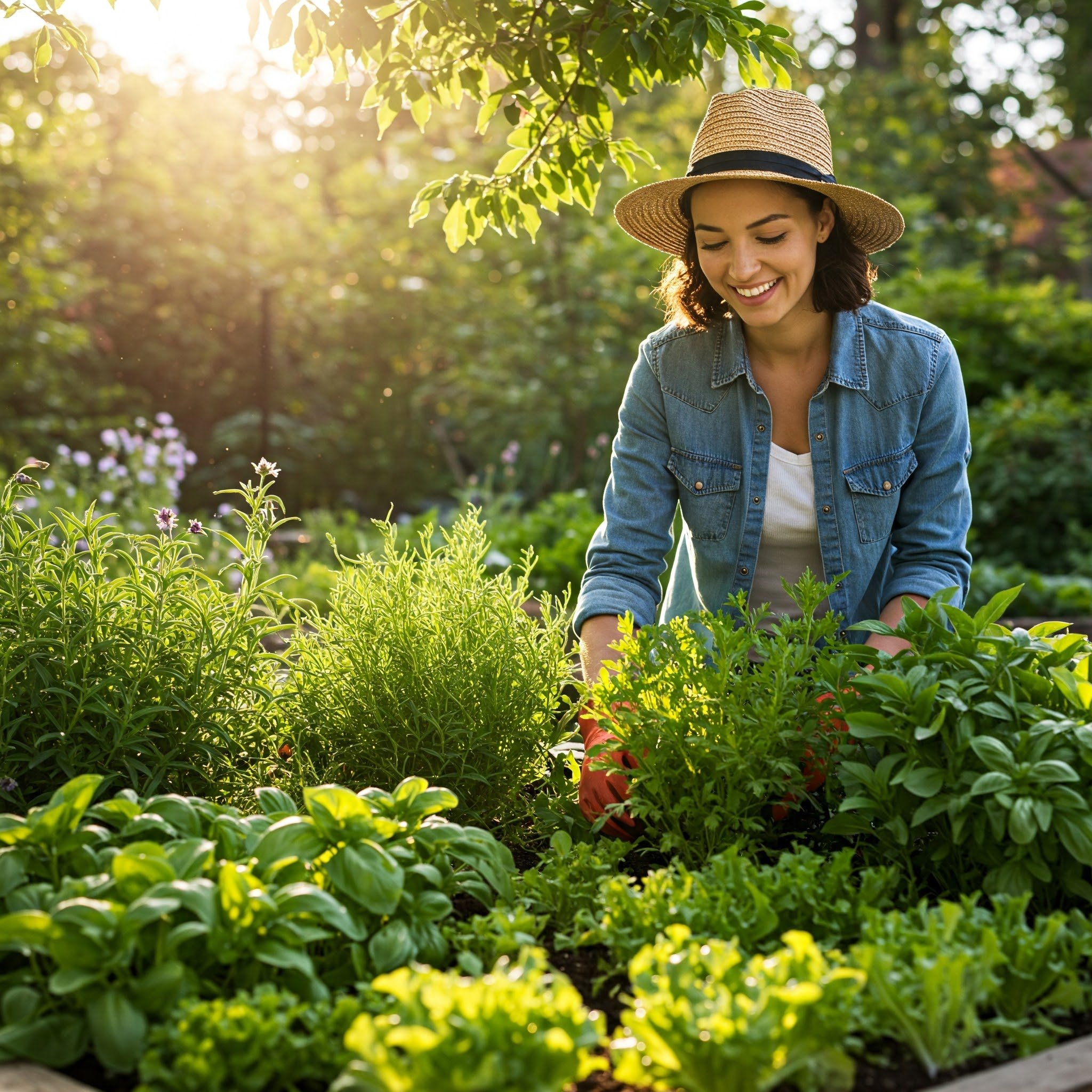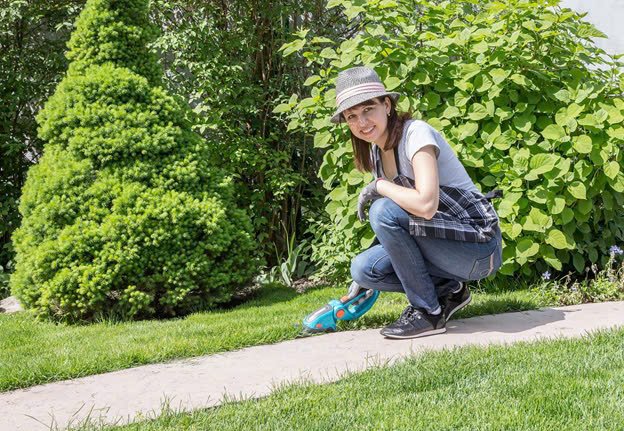How to Properly Use a Garden Spading Fork for Optimal Soil Health
Learn how to properly use a garden spading fork to enhance soil health. Discover techniques for effective soil aeration, nutrient distribution, and overall garden vitality.
Using a garden spading fork correctly can make a big difference in your soil's health. This cultivating tool helps you break up the soil, mix in organic matter, and ensure good aeration. However, many gardeners are unsure about how to use it effectively.
In this guide, we will walk you through the steps to make the most out of your spading fork. Whether you are a beginner or an experienced gardener, these tips will help you improve your garden's soil quality and boost plant growth. Let's get started on your journey to healthier soil!
Understanding the Garden Spading Fork
A garden spading fork is a sturdy tool with multiple tines, designed to penetrate and turn soil. Unlike a pitchfork, with longer, thinner tines for moving materials like hay or compost, a spading fork has shorter, thicker tines ideal for breaking up dense soil. This makes it highly effective for cultivating your garden.
The spading fork digs deep into the soil, aerates it, and mixes in organic matter, crucial for maintaining healthy soil and strong plant growth. Compacted soil makes it hard for roots to access nutrients. Regular use of a spading fork reduces soil compaction, promotes better root growth, and improves your garden's overall health.
Using a Garden Spading Fork Correctly
To maximize the benefits of a garden spading fork, it's essential to use it properly. Start by choosing the right time to work the soil. The best time to use a spading fork is when the soil is moist but not waterlogged. Too much moisture can make the soil heavy and clumpy, while dry soil can be difficult to penetrate.
Begin by standing at the edge of the area you want to cultivate. Insert the spading fork into the soil by stepping on the top of the tines with your foot. The tines should penetrate the soil to a depth of about 6 to 8 inches. Once the tines are in the soil, push the handle back and forth to loosen the soil. Lift the fork and turn the soil over, breaking up any large clumps as you go. Work your way across the entire area, ensuring that you overlap each insertion slightly to avoid leaving uncultivated patches. This method will ensure that the soil is evenly aerated and loosened, providing an optimal environment for plant roots.
Improving Soil Health with a Spading Fork
One of the main benefits of using a garden spading fork is it can help improve soil health. Healthy soil is rich in organic matter, well-aerated, and has good drainage. Regular use of a spading fork helps achieve these conditions. Aeration is crucial as it allows air to reach plant roots, which need oxygen to grow and absorb nutrients. Compacted soil restricts the flow of air, water, and nutrients. Spading forks alleviate this compaction, creating channels for air and water. Spading forks are also great for mixing organic matter, like compost or manure, into the soil. This improves soil structure, fertility, and moisture retention, releasing nutrients slowly over time. Another advantage is improved soil drainage. Well-drained soil prevents root rot and moisture issues. By loosening the soil and creating channels for water, spading forks help excess water drain away, promoting healthy root development.
Specific Techniques for Using a Spading Fork
Different gardening tasks require varying techniques with a spading fork. For new garden beds, break up the soil thoroughly to remove weeds and debris. Clear large rocks or roots, then dig deeply with the fork, turning and loosening the soil. This creates a loose soil structure ideal for planting. In established beds, be careful of plant roots. Gently loosen the soil around plants without directly contacting the roots to aerate the soil without harm. To incorporate compost or organic matter, spread it over the surface and use the fork to mix it evenly into the soil. This ensures nutrients are distributed and accessible. For heavy clay soil, a spading fork is especially useful. Regular use can break up the clay, improve drainage, and create a better environment for plant growth.
Choosing the Right Spading Fork
When selecting a garden spading fork, consider the quality of the materials and the tool's design. High-quality forks are typically made from durable materials like stainless or forged steel, which resist rust and provide the strength to penetrate tough soil. The handle is also important. Look for one made from sturdy material like hardwood or fiberglass. Some forks have ergonomic handles to reduce hand and wrist strain. The number and shape of the tines can vary. Most forks in yard tools have four to five tines, but spacing and curvature differ. Choose tines that suit your needs: wider tines are better for heavy soil, while narrower tines are ideal for precise work.
Maintaining Your Spading Fork
Proper maintenance of your garden spading fork ensures it remains effective and lasts for years. After each use, clean the tines and handle to remove soil or debris. This prevents rust and keeps the tool in good condition. Occasionally inspect the tines for damage or wear. Sharpen them if they become dull, as sharp tines penetrate the soil more easily. If the handle is loose or damaged, repair or replace it to maintain effectiveness. Store your spading fork in a dry, secure location when not in use. Hanging it on a wall or placing it in a tool shed will protect it from the elements and prevent damage.
Integrating a Spading Fork into Your Gardening Routine
To benefit from a garden spading fork, incorporate it into your gardening routine. Use it to prep new garden beds or refresh existing ones each season. This readies the soil for planting. During the season, aerate the soil around plants, especially after rain or dry spells, to maintain soil health. Turning over the soil with the fork after harvesting enriches it for the next planting cycle.
Use a Garden Spading Fork Properly for Optimal Soil Health
Using a garden spading fork is vital for maintaining healthy soil and a productive garden. By aerating the soil, improving drainage, and mixing in organic matter, a spading fork ensures that plants receive the nutrients they need. ,Whether preparing new beds, maintaining existing ones, or working with heavy clay soil, this tool is indispensable. Regular use in your gardening routine will lead to stronger plant roots, healthier growth, and a more vibrant garden overall.
For more interesting reads and diverse topics, don't forget to check out the other articles on our blog. Happy exploring!
